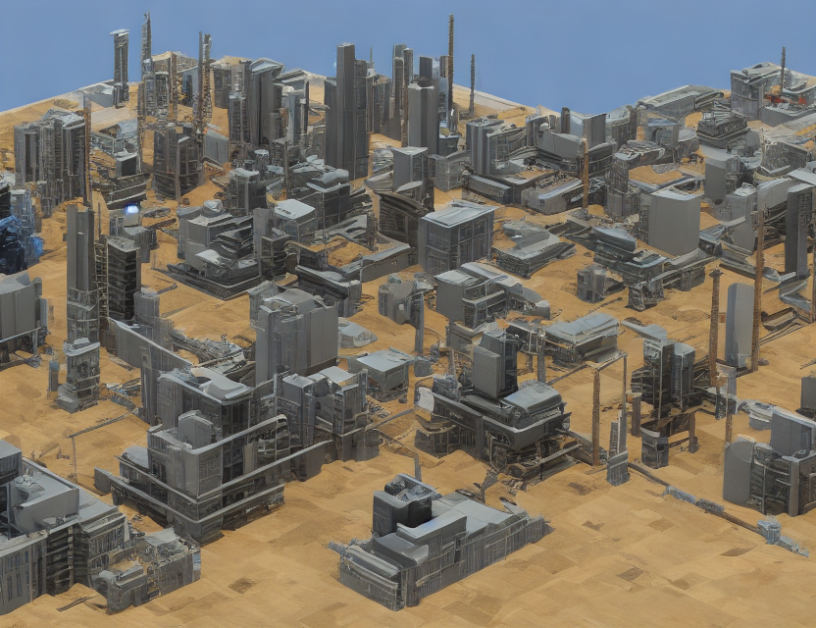In this article, the authors propose a novel approach to anomaly detection in multivariate time series data using a combination of neural architecture search and self-adversarial mechanisms. The proposed method, called TransNAS-TSAD, is designed to identify anomalies in real-time while also providing robustness against changes in the input data.
To begin with, the authors explain that traditional anomaly detection methods suffer from two limitations: 1) they are often unable to capture complex patterns and relationships in the data, and 2) they fail to adapt to changing conditions in the input data. To address these limitations, the authors propose a dynamic iterative approach that incorporates self-adversarial mechanisms into the neural network architecture search process.
The proposed method consists of two main phases: phase 1, where the network is trained on the normal data to learn the representation, and phase 2, where the adversarial elements are introduced to focus the reconstruction efforts. In phase 2, the second decoder aims to maximize the difference between its output and the input, while the first decoder tries to minimize this difference. This adversarial process is repeated multiple times until convergence, at which point the best anomaly score is determined.
The authors demonstrate the effectiveness of their approach through extensive experiments on several real-world datasets. They show that TransNAS-TSAD outperforms existing methods in terms of detection accuracy and robustness against changes in the input data. Furthermore, they analyze the impact of different hyperparameters on the performance of the proposed method and provide insights into the working mechanism of TransNAS-TSAD.
In summary, TransNAS-TSAD is a novel approach to anomaly detection in multivariate time series data that leverages neural architecture search and self-adversarial mechanisms to identify complex patterns and relationships in the data while adapting to changing conditions. The proposed method demonstrates improved performance and robustness compared to existing methods, making it a promising solution for real-world applications.
Computer Science, Machine Learning
NAS for Transformer Models: A Comprehensive Study



